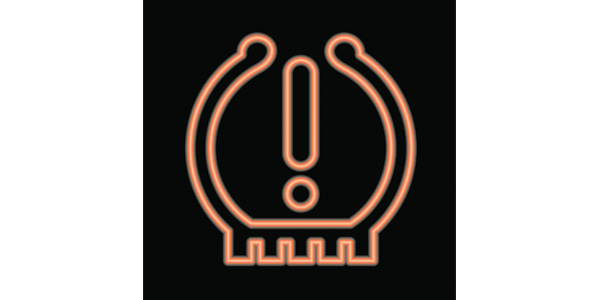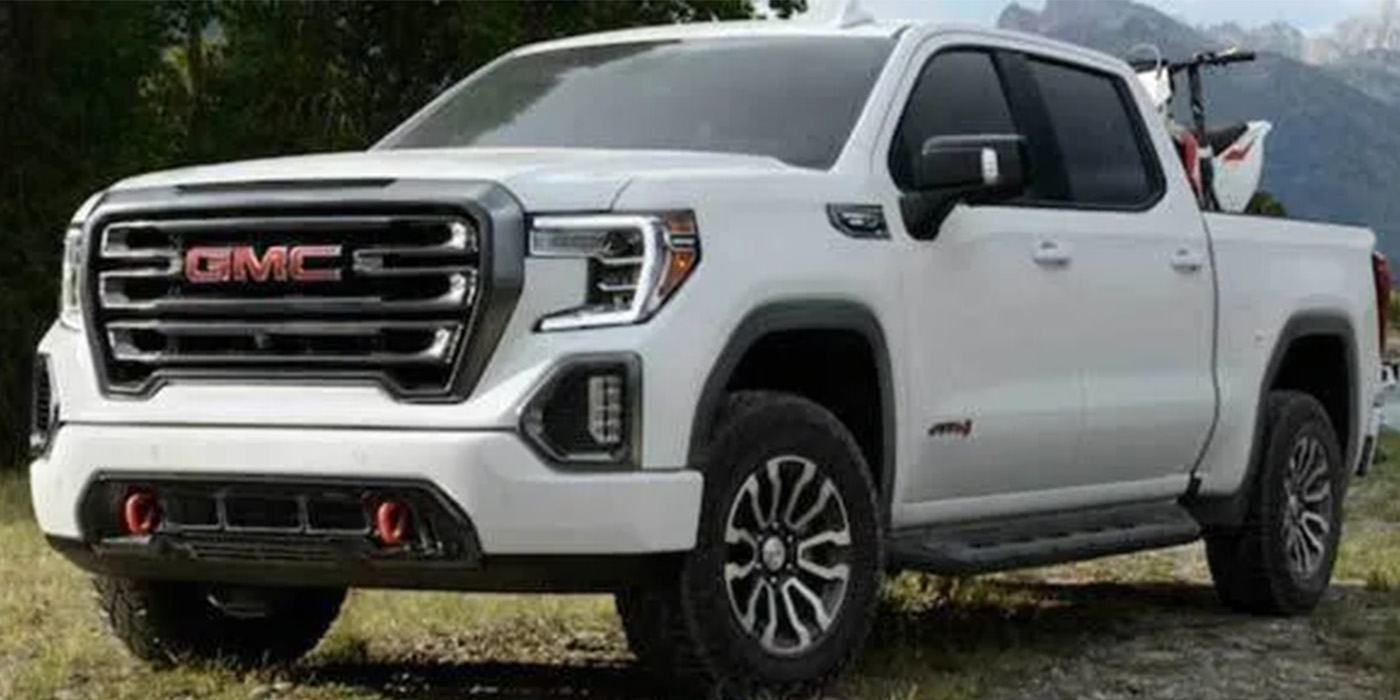
Before the advent of tire-pressure monitoring systems (TPMS) and their subsequent requirement on all new vehicles built after 2007, it was possible to drive around on underinflated tires without knowing it. Tires lose air over time. Even brand-new tires mounted on rims that are clean and true may lose up to 10% of their pressure over a year.
Punctures, corrosion from aluminum wheels and bad valve stems all contribute to tires running at underinflated pressures. But today, the majority of vehicles on the road are equipped with some form of TPMS, which enables the car to stop, turn and roll as efficiently as the manufacturer intended. But the sensors don’t last forever, and counter pros should be knowledgeable about the basics of these systems. Believe it or not, there’s a good percentage of motorists who don’t know what the TPMS warning symbol on the dash means. Therefore, it’s up to you to help educate and communicate the need for tire maintenance.

TPMS sensors are tiny pressure transducers mounted inside the tire as part of the valve stem on most systems. A radio antenna inside the sensor sends unique IDs (for the location) and pressures to the ECU. A specialized scan tool is required to check the sensor and read the ID code and then program it into the ECU. The TPMS scan tool can turn off the warning light and find fault codes associated with the system, such as battery failure, a broken sensor/valve or replacement of wheels and sensors for custom wheels, winter tires or tire rotation.
On average, most direct TPMS sensors will last between five to 10 years. To help extend battery life, most TPMS sensors only become activated when the tire is rotating, but the more a vehicle is driven, the closer to the end of the battery and transmitter’s life it may be. Whenever a set of tires is replaced, the TPMS transmitters should be inspected before installing the new tires.
New sensors must be programmed for the correct protocol before they can be installed in the tire. After they’re programmed, the relearn procedure is required to communicate with the ECU. This step is a requirement in addition to the sensor-programming step. Aftermarket sensors often require special programming to meet the vehicle’s specifications before installation and relearn. These may include TPMS sensors that are labeled “programmable,” “universal” or “cloneable.” Be sure you know which ones you’re selling so your customer knows the proper steps.
Your store might consider adding a TPMS scanner to the tool drawer, along with a generic OBD II code reader. The basic TPMS tools can read the battery life, but it’s probably best not to try to program the sensors yourself. Send the customer to a shop for more diagnostics. While TPMS sensors add extra work and expense to diagnose, ultimately it’s worth it to save a blown tire or to prevent an accident due to underinflation.












